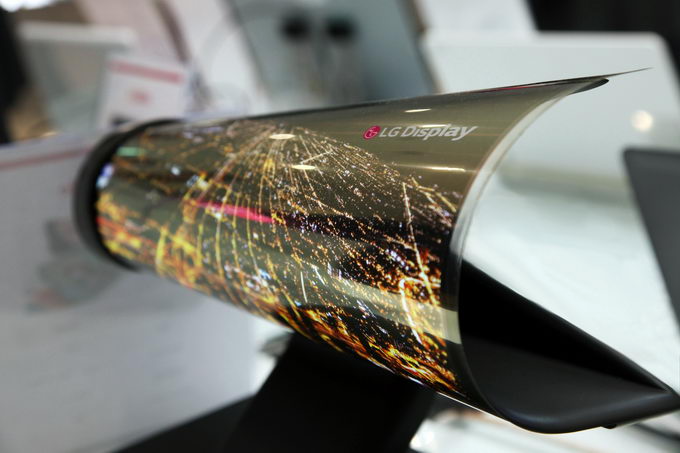Once the LCD screen has always been big-screen display in the dominant, slim and larger display area, but also the CRT (cathode ray tube) television directly out of the game. However, in recent years, the market has been circulating this LCD screen will also be replaced. OLED has many advantages such as self-luminous characteristic, infinite contrast, true color, flexible display and zero delay. There are also reasons to believe that LCD will eventually replace LCD as the mainstream display in the future.
For more than a decade, South Korea has been firmly in the top spot in the display panel market, with LCDs and OLEDs in the world. Almost all of the top-level screens in the world can be found in Korea. However, this year the market situation has changed dramatically. Even the South Korean display industry is eager to find a way out in the midst of this drastic change.
Chinese manufacturers to Korean enterprises feel crisis
At present, there are plenty of funds in the Chinese mainland market. Coupled with government subsidies for the development of new display technologies, companies including BOE, Pegasus, Huaxing, Huiguang and Guoxian Optoelectronics all have intentions or have started to lay out OLED layouts. Among them, BOE AMOLED VI Line has begun mass production.
Perhaps because the Chinese manufacturers have thrived in recent years, leaving many Korean companies feeling the crisis. Among them, radical manufacturers have made surprising decisions. South Korea's LG Display recently closed its fifth-generation P4 plant in Gumi City, another closed-down LCD line after the 3.5-generation P2 plant. It is expected that the 4th-generation P3 plant will be closed before the end of the year. LGD expects to invest $ 18.08 billion in the OLED industry by 2020, with P10 and E6 in Paju and E5 in Gumi, respectively, and an OLED plant in Guangzhou, China.
Another South Korean panel maker, Samsung Display, also closed a 7-generation panel fab and two 5th-generation panel strips in a row in three years while building two large-scale OLED panel plants in South Korea. This year Samsung Display is out of 88 billion US dollars to expand production capacity, and some of the original LCD production line transformed into OLED panel production line.
Korean abandoned LCD which will be Chinese manufacturers opportunities
From the strategic layout of these two companies we can see that Korean manufacturers are accelerating the phase-out of LCD panels, the intention of transition to OLED has been very clear. However, it seems unlikely that OLEDs will completely replace the LCD screen in the future. And subject to the current manufacturing process, today's OLED screen, there are many flaws need to be further improved.
Optimistic estimates, for the LCD display business cycle, at least five years in the market, especially in large-size display screen, give LCD more time. However, due to the gradual closure of South Korea's LCD production line, the current market structure will cause some impact.
The future of the mainstream will still be OLED
Last year, Samsung closed a 7th generation LCD panel factory, triggering a 40-inch TV panel supply tight, but the LG off the LCD panel production line is bound to cause the panel market supply structure changes. However, it is not a good opportunity for domestic manufacturers to take advantage of the opportunity to win more market share while South Korean enterprises withdraw from the market.
At present, the mainland panel makers BOE in addition to cultivating small-size OLED panels, the main production capacity are 8.5 generations of the main line, which is producing 55-inch TV panels as the main force, and currently has 4,5,6 generations, that is, small and medium size The only production line AUO, a group, Caijing and China Ying these four Chinese panel plant. Just from the production point of view, the Chinese panel plant has a unique advantage, but also ushered in a new opportunity.
Currently in the small size display panel, the LCD has been weakness, some powerless, and this year most of the full screen mobile phones are used AMOLED screen, it is to make the small size of the LCD worse. However, large-size TV panels above, but have different situations, limited by the OLED production capacity is too high and the price is too high, the LCD TV market is still booming, while many domestic upstream LCD panel companies are still optimistic about large-size LCD. And just recently, the domestic BOE by virtue of occupying 22.3% of the world shipments, more than the LG company, a display panel business leader.




